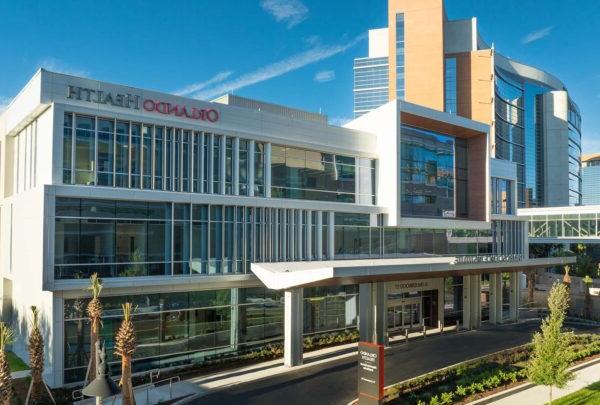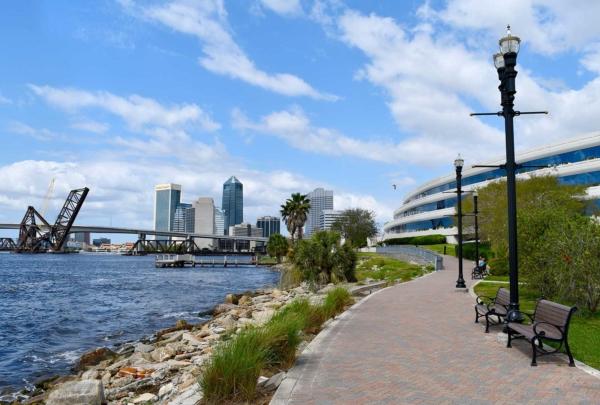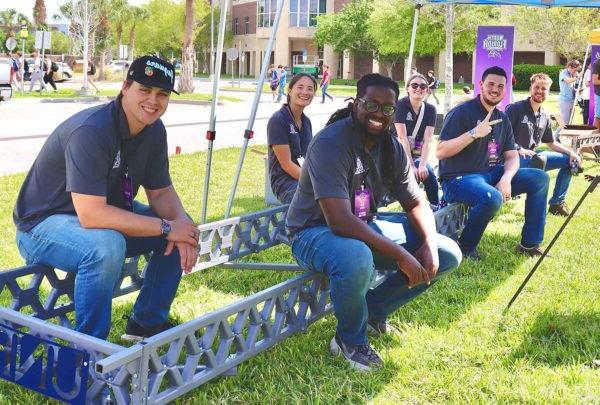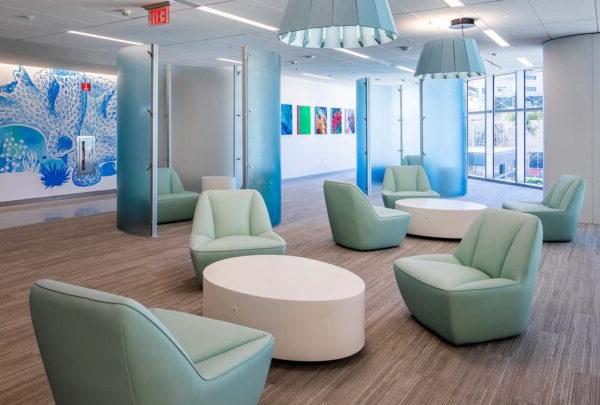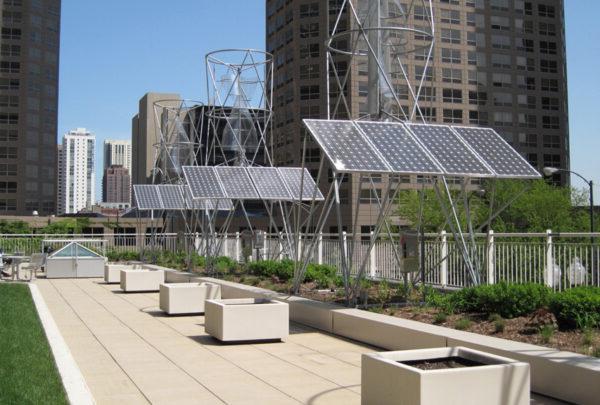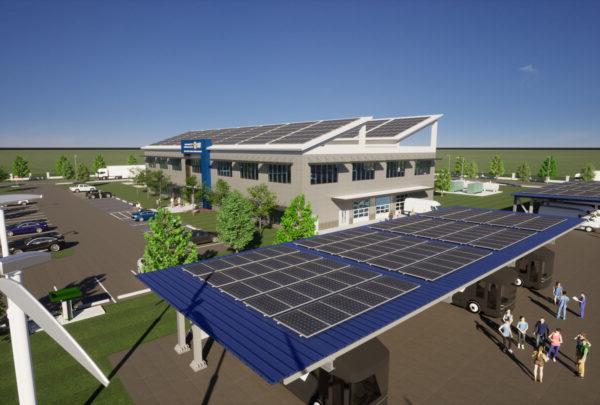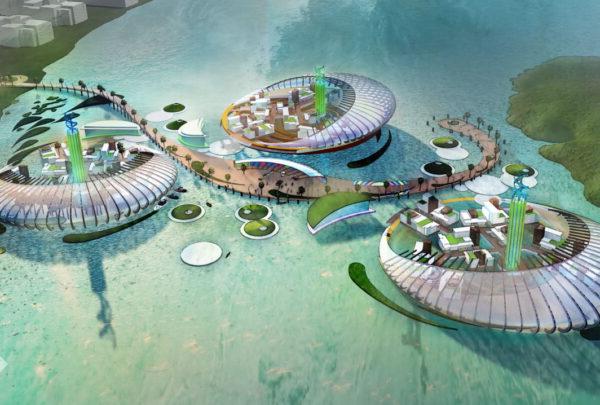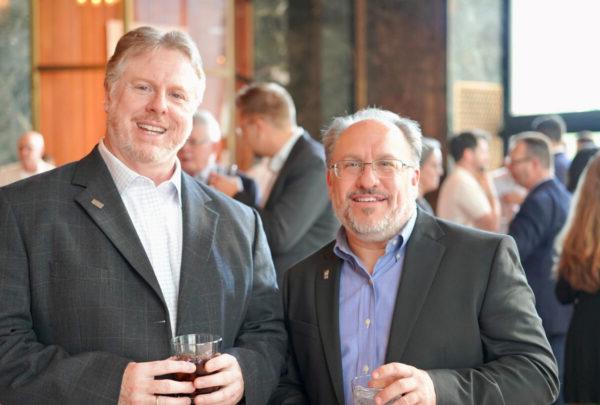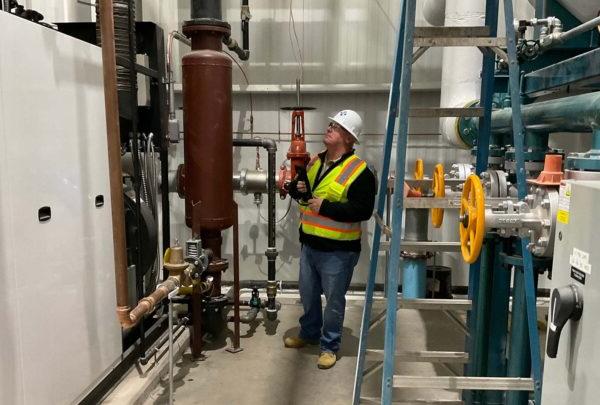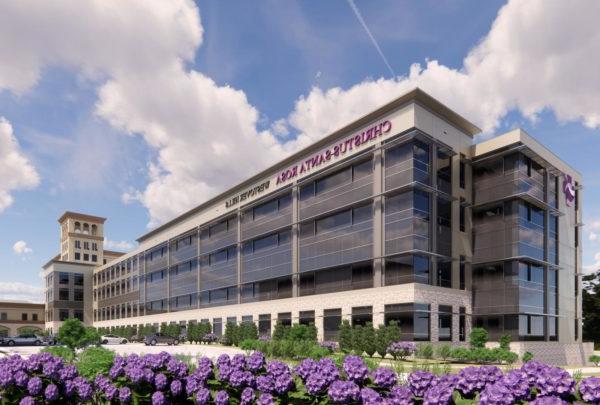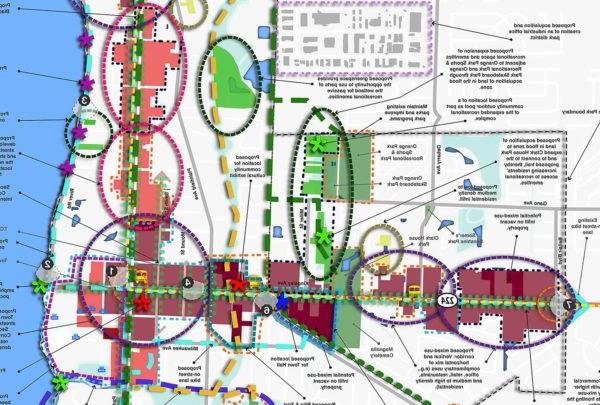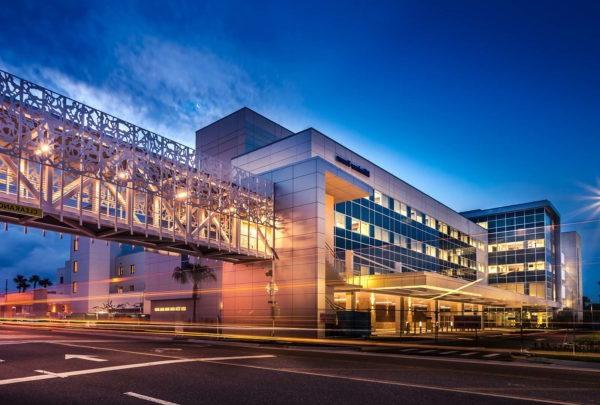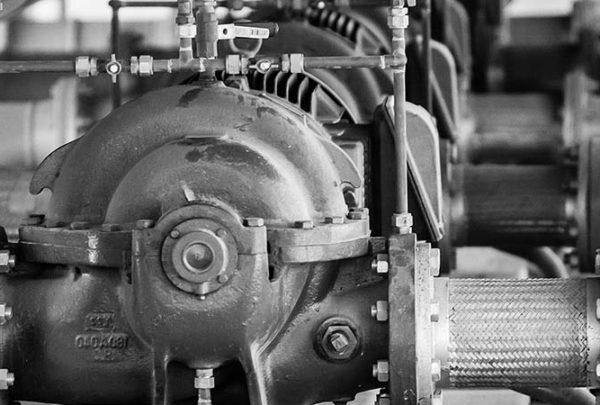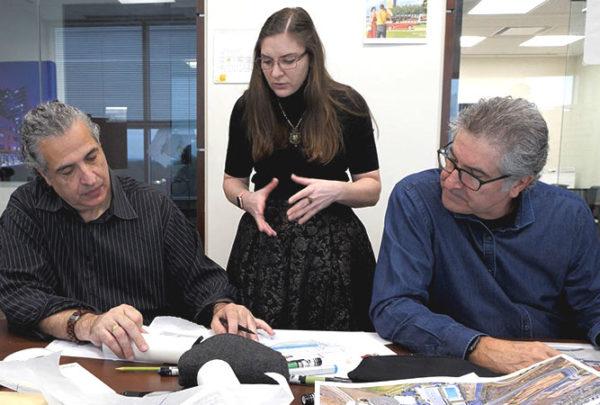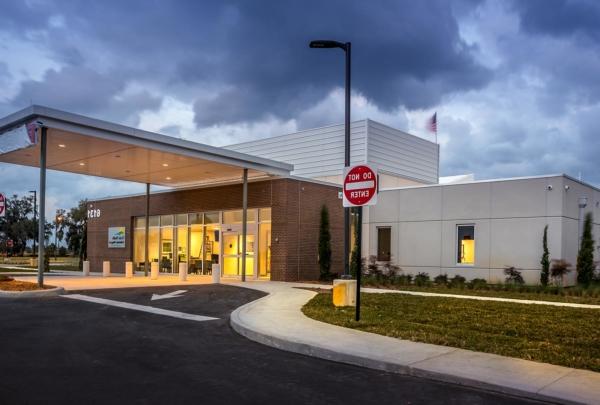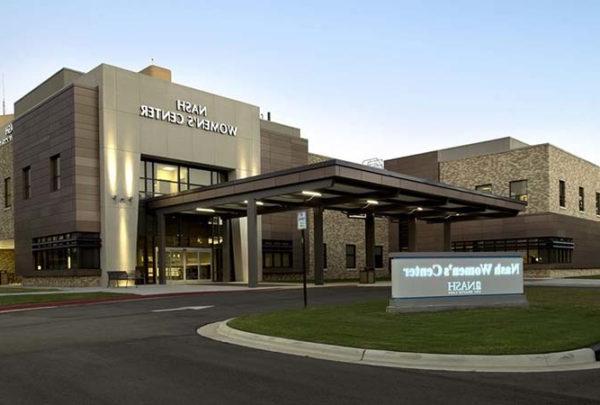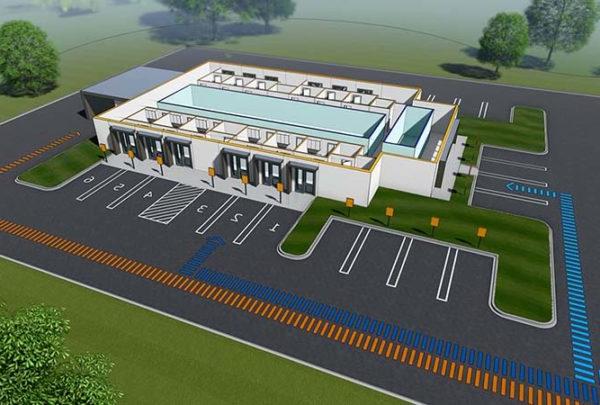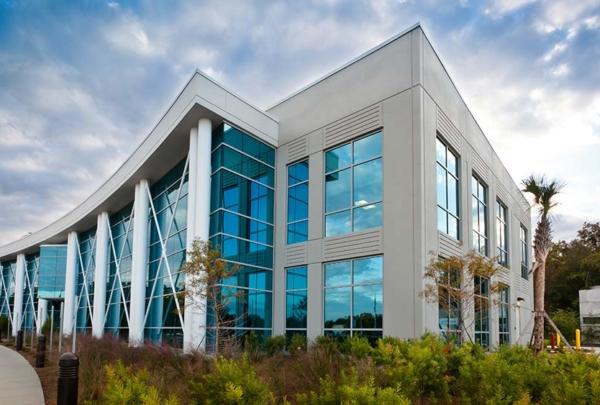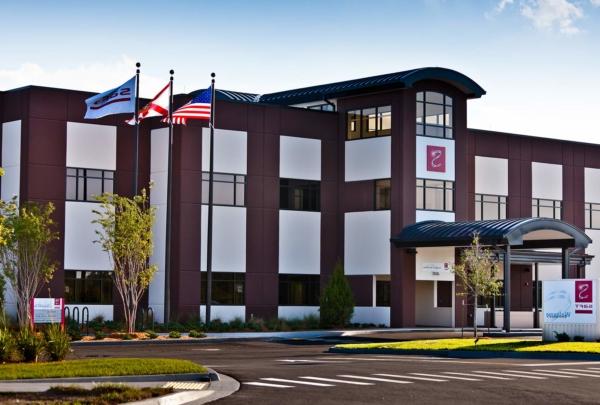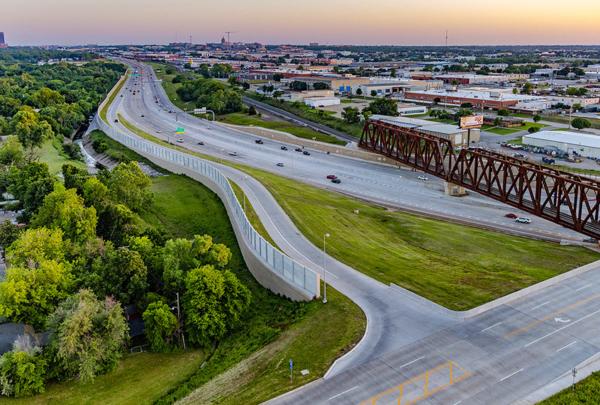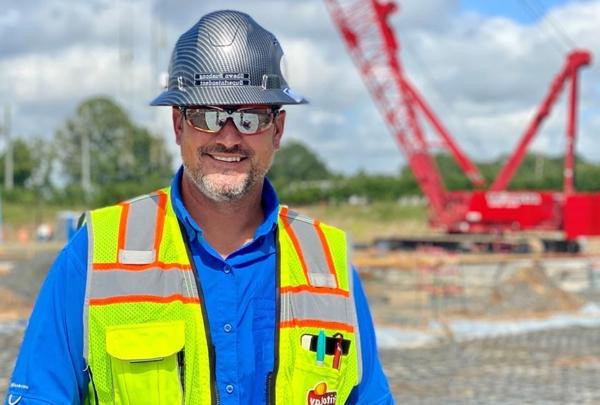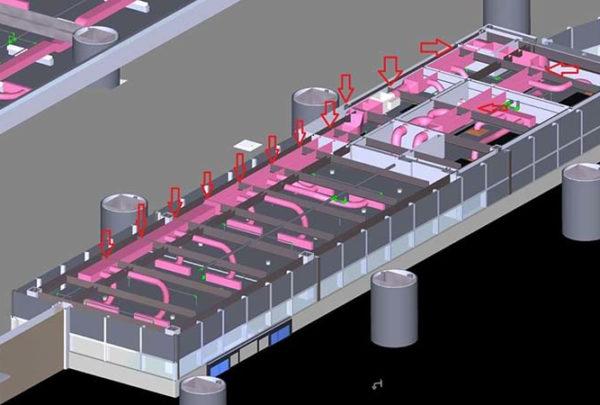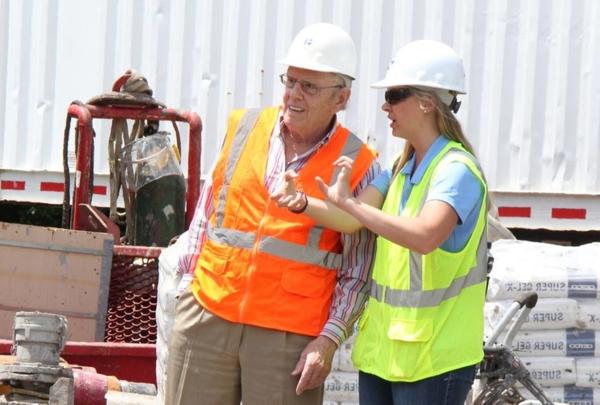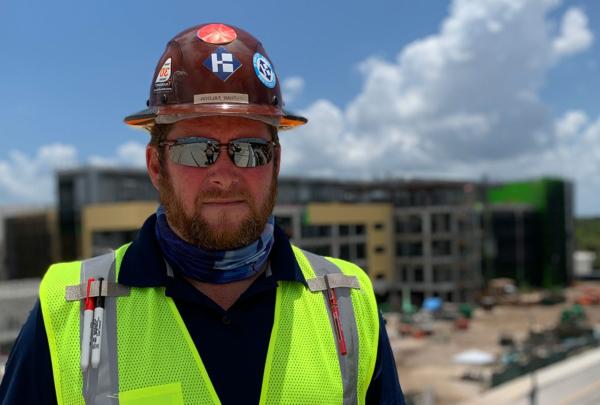We as humans are configured a certain way. We all have the same systems – like circulatory, digestive, nervous – that work together in a specific fashion to help us function. When one of these systems isn’t working correctly, a medical team has to find a treatment that doesn’t affect other systems or cause side effects. A non-addictive analgesic that lessens severe pain sounds great, but not if it causes long-term heart damage.
The same is true with healthcare facilities. Whether you’re renovating or building, it’s important to understand how the different departments work together, as well as how equipment, regulations, and technology will affect design considerations. Collaborating with your design team will help you solve your current issues, but what happens when your facility is undersized or out of date in the next 10, 15, or 20 years? Will you have to start your facility from scratch or try to retrofit systems into spaces that don’t really work? What if you could protect against future issues now?
This is where future-proofing comes in. Future-proofing is “the process of anticipating the future and developing methods of minimizing the negative effects.”[i] In the case of healthcare facilities, that means factoring in flexibility and adaptability for room use and population change, as well as department location within the facility, can avoid costly renovations and reduce risk associated with inevitable failures. For example, hospital imaging and lab equipment are constantly evolving, so their space needs to be outfitted to make it more adaptable for control panels, access points, HVAC, and the remaining infrastructure that surround and support these spaces. The COVID-19 outbreak showed many facilities the hard way that it’s important to have a certain amount of flexibility built in to address public health crises.
Healthcare facilities are sensitive ecosystems of their own. When the system is altered in any way, all the necessities that keep it running must be addressed for it to continue functioning. Facilities must contain sterile environments; spaces for plumbing, electrical equipment, and mechanical equipment; and bulky air-handling units. None of these items can be overlooked, or added inadvertently, without some sort of tradeoff. Future-proofing helps control for these issues and mitigate the impact of unintended consequences.
One trend we as healthcare engineers have seen is power requirements that have steadily increased due to the quantity of new equipment and their power draw. Technologies have also evolved to items such as LED lights, where direct replacements can significantly reduce a facility’s power consumption. Conversely, requirements for equipment for drug mixing, for example, are increasing such that power consumption is increased. Technology use will only continue to increase going forward, as will its demands on infrastructure requirements, including space and cleanliness.
Accessibility is another consideration in future-proofing. For example, the requirements for cath labs have changed from an equipment accessibility perspective. Regulatory agencies no longer allow the equipment to be accessed from the inside the room, which requires rooms to be rearranged and space to be found for staff members operating the equipment. In the future, these requirements might be changed again, so any space designed for current requirements must be adaptable for future accessibility requirements. Regulatory requirements and constantly evolving technology change the way we have to evaluate spaces and substructures supporting the equipment.
The items mentioned are really only the tip of the iceberg. The most important part of any future-proofing is ensuring you’re working with an engineering team who can help you work through the various scenarios to help you find the right solution. Your engineering team must have the experience to find the right solution for right now, but also that can set your facility up for future growth. Future-proofing may be more expensive in the short term, but having the infrastructure in place that will allow for flexibility and adaptability will save large, expensive changes in the long run.
[i] Principles of Future-Proofing. http://principlesoffutureproofing.com/.





